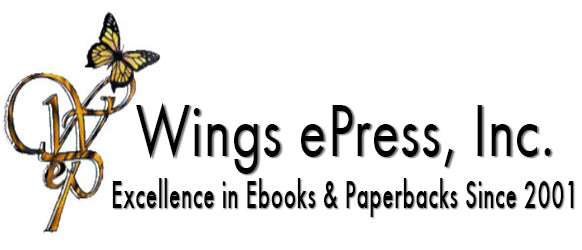Mogus, M. A.
My formal education is in physics and biophysics subjects I taught at a university until retiring. But I’ve always been interested in archaeology, history, and forensics. I did work in archaeology and also served as a museum director for a short time. History and physics appear in my writings and include ‘what if’ ideas. My interactive murder mystery plays have been performed by nonprofit organizations as fund raisers. I write both fiction and nonfiction and also design and create jewelry and fiber arts and love plants.

Interview With Mary Ann Mogus
g a chat or discussion, I will get an image of it that will make a good story. "
- Are there other sources for your story ideas?
- Then my question becomes why did you write this particular book at this particular time?
- I can't help but ask this question as well, what was the spark that began what is now Shadow Hands?
- In reading the excerpt of your book and looking at your cover, I'm intrigued – Shadow Hands, does that refer to the hands on the clock or some other entity. The cover spells out the years passing 1861 – 2014.
The clock is a pocket watch that plays a real and symbolic part in the story. It indicates time, but not time as we are familiar with. How that one can go from one universe to another, but the universe need not be at the same time period, nor need they be identical to the one you just left.
- Tell us what constitutes and alternate universe?
An alternate universe is simply one such as that in which we live, but in a different place in history. So the protagonist can go through a portal from 1861 to 1961 or 2012 and return to his own universe 1861. There are costs that are brought out in the stories and the methods of transport are also brought out in stories. This concept is not new and Andre Norton wrote at least two books with this theme. I knew her slightly and am fond of her writing.
- You taught physics and worked in archaeology and with museums how has that influenced your fiction writing, or has it?
Physics helps make things seem real. Some things just can’t be explained, it is enough that the reader agrees to suspend belief because it sounds as if it could be real. The verisimilitude works since my writers group wanted me to explain ‘temporal resonance’ which occurs in one of the novels and I said it isn’t real. “But it sounded so real,” was the complaint. That’s the idea. Archaeology and history allow me to put in the stories enough historical material to give a real sense of place to a universe of 1861 or 1526.
- I would think to work in archaeology or with museums you must love history, does your love of history translate to your story world?
Yes, it gives me the background for research--placing things in context so the universes seem real. I volunteer with the local historical society doing transcriptions of records. I’ve published a book of transcriptions of Civil War letters for Monroe County Historical Association and a diary – The Starrett Kelly Diary for a local historical site. I’ve also written journal articles on aviation history and other local historical subjects dealing with sports, manufacturing and yes whiskey distilling (remember the Whiskey Rebellion started here.)
- I know you have another title with Wings, The Lethe Gene, which I believe is part of a series – is this the first book in that series or are there others that are already published?
The Lethe Gene was to be part of a trilogy, but after I finished the first book, I developed another character and completed the first book in a different mystery series Shaman’s Blood. I thought that I would eventually bring in Keri St. Cloud from the Lethe Gene into this new series instead of continuing with the original trilogy.
- Since you are a freelance writer – what other types of writing do you do?
I do journal articles for local history publications, newsletters for some organizations, chapter contributions to books, the most recent a chapter entitled “Set In History” in Many Genres ed. by Heidi Ruby Miller and Mike Arnzen (2011) Headline Books. I write interactive murder mystery plays produced by various organizations as fund raisers. Some recent titles are “Come as you Were”, “Murder by Towel and Error” (yes it is an archaeological mystery) and “Marriage is Murder.” In addition I have a small craft business and make jewelry and art to wear. I have a consignment booth at Craftique Collections.
- Where can people go to find out more about you and your work? Do you have a website?
My website is www.Jaguarmirror.net - the title of a book I did with iUniverse. I went this route as our writing group was considering POD publishers. I wanted to see what the process was like and do an article on it. The article never materialized. However, the artwork was worth the money. I am in the middle of changing my website to one with my name--easier to access. I am revamping the site, adding some of the art and jewelry to wear.
- You write a column for The Mystery Reader Connection Newsletter, where do you get your ideas for it?




